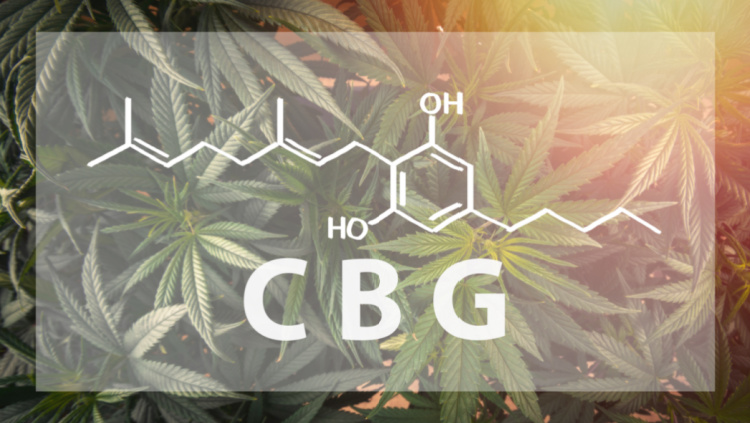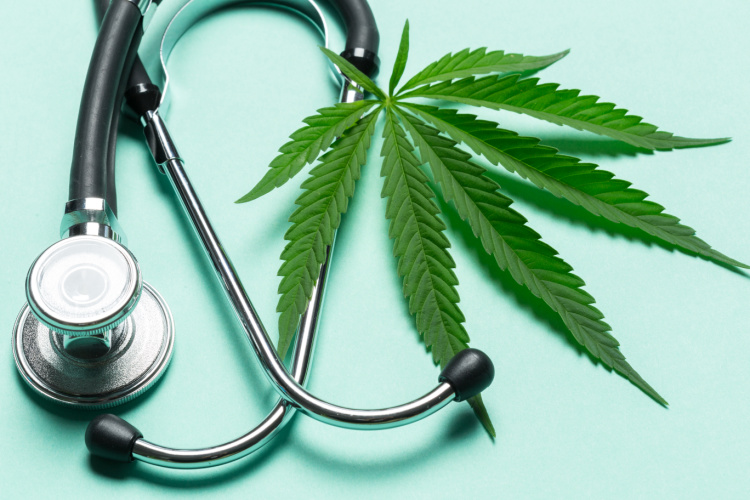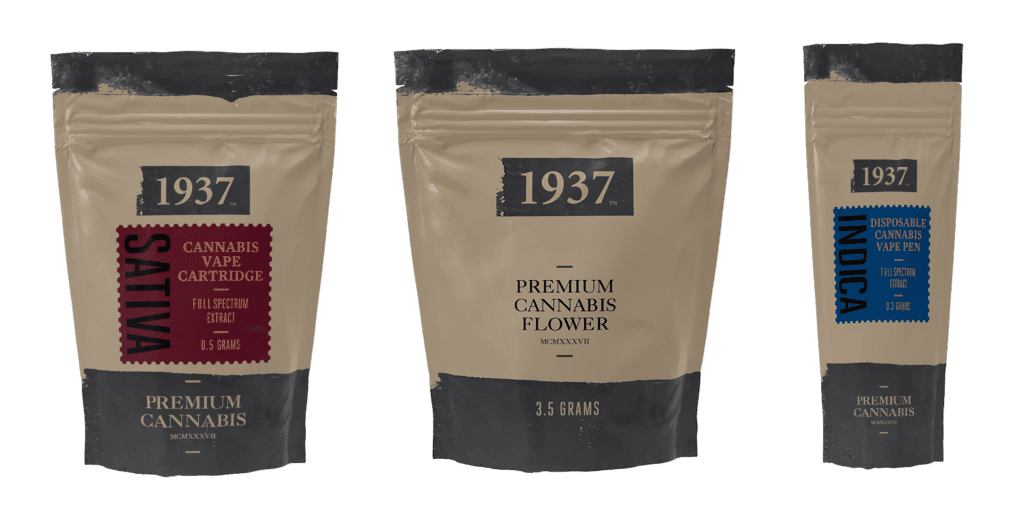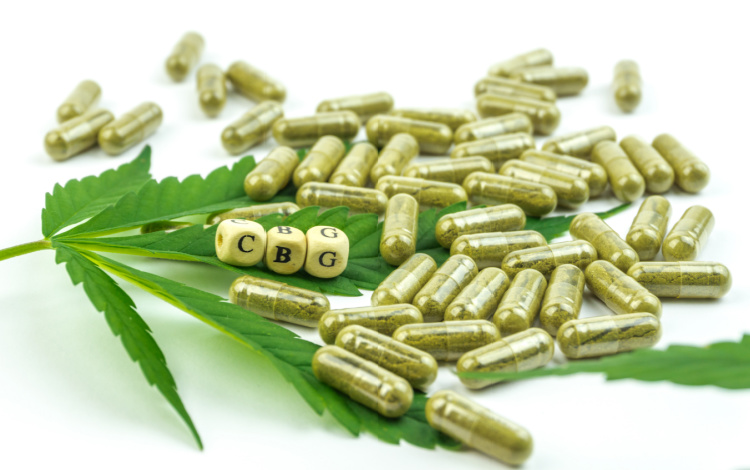You’re probably well-acquainted with THC and CBD by now—the two most common cannabinoids in the cannabis plant. Cannabinoids, of course, are what we at Green Goods like to call the plant’s most important “active ingredients.” They impart their medicinal effects by interacting with the Endocannabinoid System, one of the body’s major regulatory networks.
THC and CBD have been subjected to intense study over the last few years, and they’re linked with an astonishing array of medical effects. For CBD in particular, links range from CBD’s studied use in fighting pain and inflammation to relieving certain types of seizures to quelling anxiety and depression, and the list goes on and on.

But THC and CBD are hardly the only games in town! Researchers have identified at least 150 different cannabinoids, and it’s hoped that some may deliver untold medical benefits. In today’s article, we’re going to introduce you to one of the most exciting cannabinoids: CBG.
What is CBG? Short for cannabigerol, CBG is a comparatively rare cannabinoid, typically comprising less than 1% of most cannabis strains. But it more than makes up for its mystique with its potential. Here’s what’s known so far, and what the future might hold.
What Is CBG: A Minor Cannabinoid that Hints at Major Medical Potential

CBG was first identified in 1964. It’s produced by the chemical breakdown of its precursor cannabinoid CBGA, or cannabigerolic acid. As we mentioned, there’s typically very little CBG found in cannabis, but the compound plays an outsized role. In addition to potentially mitigating some of the intoxicating effects of THC—something research suggests that CBD does—there are indications that CBG may help treat a veritable laundry list of medical conditions. For instance:
- Inflammatory Bowel Disease (IBD): A family of gut conditions which includes Crohn’s disease and ulcerative colitis, IBD is an incurable and potentially crippling condition. A 2013 study
suggests that CBG has the potential to help control this debilitating disease, which affects at least 5 million people worldwide. - Neurodegenerative Diseases: This family of devastating conditions includes Alzheimer’s, Huntington’s, and Parkinson’s diseases. And while all of these debilitating conditions exhibit different symptoms and markers, they’re all characterized by irreversible damage to the specialized brain cells known as neurons.
The notion that cannabinoids might have a role to play in fighting these conditions has been floating around for some time. But a study published in 2015 found that, at least in a rodent model, CBG acted as a neuroprotector—helping to defend neurons from the ravages of Huntington’s disease. It’s a promising line of inquiry, and one we’ll be sure to keep our eyes on in the coming years.
How Do You Get CBG from Cannabis?
As we hinted at a moment ago, there’s one major challenge to accessing the potential benefits of CBG: Historically, there’s been very little of it available in any of the most common cannabis strains. Now, some enterprising cultivators are trying to change that. By cross-breeding different strains, the goal is to develop new cannabis and hemp strains that are naturally high in CBG. What’s more, by carefully monitoring the cannabis plant’s flowering cycle, cultivators hope to pinpoint the optimum time to extract CBG before it’s converted into other cannabinoids as part of the plant’s natural life cycle.
That highlights a second potential challenge (or, as some might phrase it, a “trade-off”). Because one of the cannabinoids CBG eventually converts to is THC, a high-CBG plant would typically contain little THC—the most common cannabinoid and the one most directly responsible for the plant’s intoxicating effects. However, there are many balanced strains – including many of the strains in our 1937 flower and vape products – that contain the cannabinoid CBG as well as THC.

Whether or not low-THC strains would catch on with the public—in exchange for more CBG—remains an unanswered question. But for our part, we’re hoping that more high-CBG cannabis becomes available in the near future so researchers can continue to unlock the potential of this fascinating cannabis-based medicine.
Do you have further questions about CBG, or any of the other cannabinoids? Don’t hesitate to drop us a line; we’d love to help!

Please note that qualifying conditions vary by state, and the information relating to qualifying conditions may not apply to cannabis patients in all states.
Product availability also varies based on state program restrictions and rules, so the products discussed may not be available in all states. Be sure to check with your local Green Goods location about the products available in your state!
